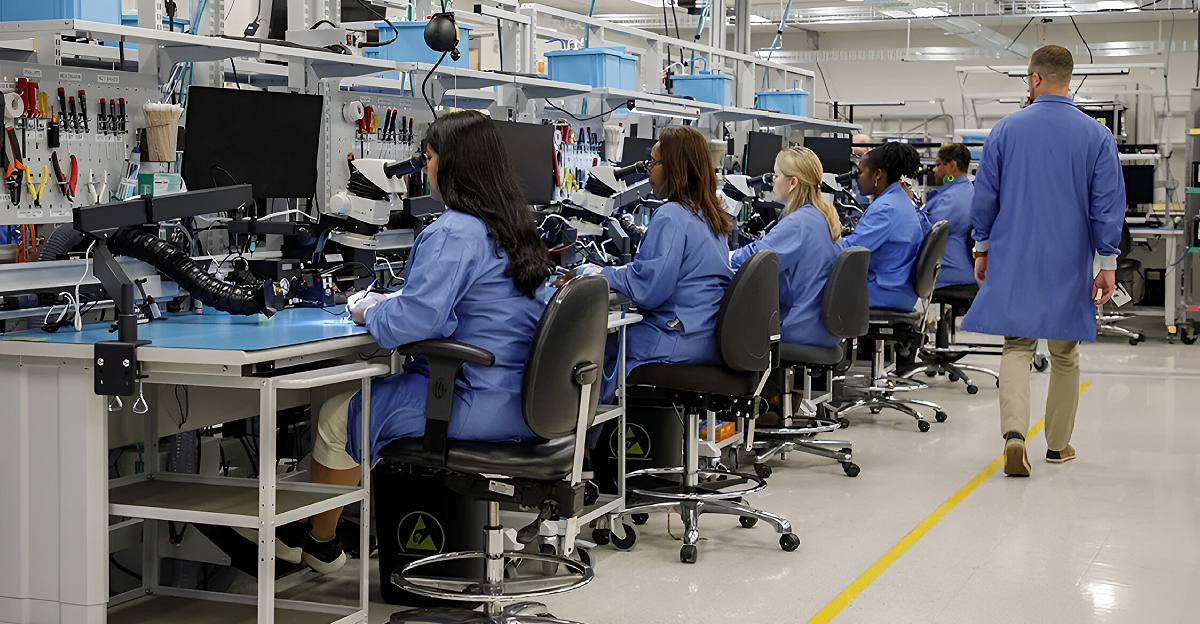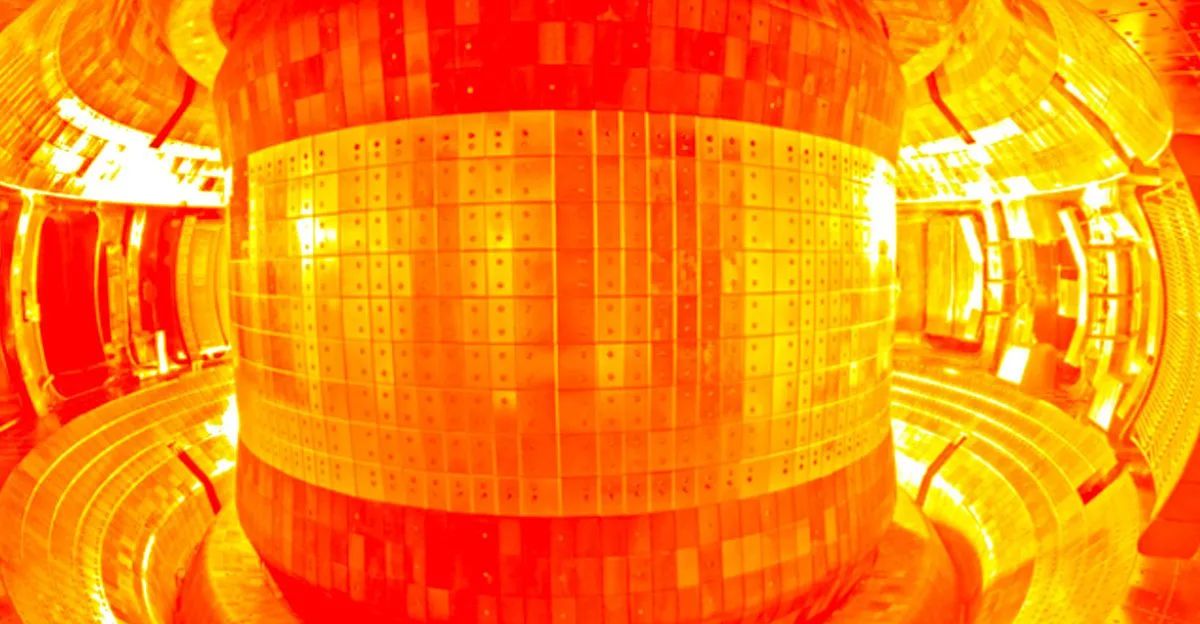
The perfect energy source would run endlessly, produce no pollution, and sustain the world forever. With its recent breakthrough involving an “artificial sun,” China has moved one step closer to turning this vision into a reality.
What Just Happened?

In January 2025, China’s Experimental Advanced Superconducting Tokamak, also known as EAST, achieved a super-hot plasma loop for 1,066 seconds, lasting 17 minutes and 46 seconds. This achievement nearly doubles its previous record of 403 seconds set in April 2023.
Why is it an ‘Artificial Sun’?
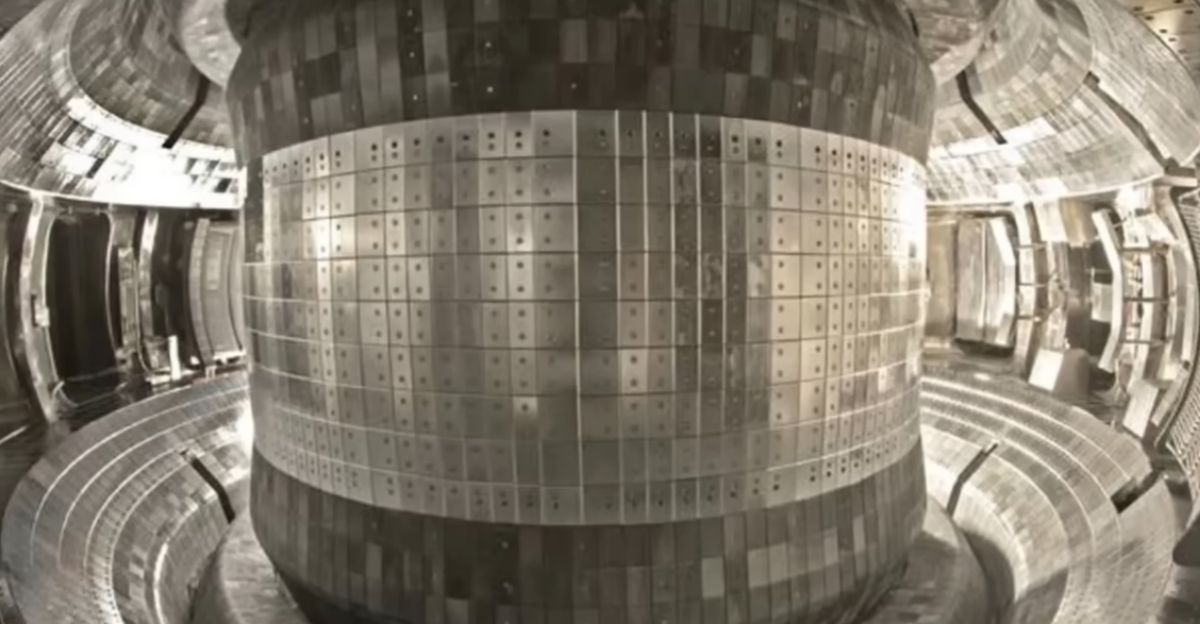
Fusion reactors aim to replicate the same process that fuels the sun and stars by fusing light atoms under extreme pressure and heat, releasing massive amounts of energy. The secret? Since Earth does not have the intense gravitational pressure found in the cores of stars, these reactors have to reach even higher temperatures than the sun to achieve fusion.
Why Does This Matter?
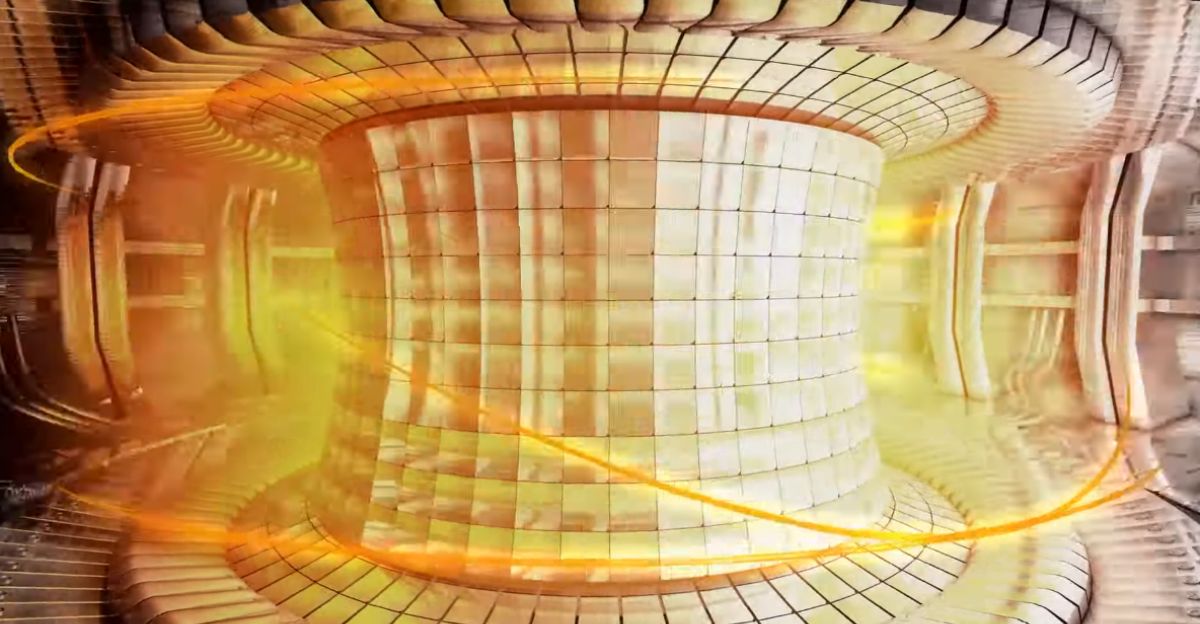
Fusion is able to produce essentially limitless, clean energy. Unlike fossil fuels, fusion reactions do not produce any carbon dioxide or other harmful gases. It also produces minimal radioactive waste, especially compared to nuclear fission. Unfortunately, making fusion feasible is one of the biggest scientific and engineering challenges today.
The Science Behind It

EAST is a tokamak reactor that uses powerful superconducting magnets to confine plasma in a donut-shaped chamber. The plasma inside reached extreme temperatures, and stabilizing that plasma is critical to sustaining fusion reactions over time. That’s why China’s achievement of 1,066 seconds is such a big deal.
The ‘Holy Grail’ of Energy
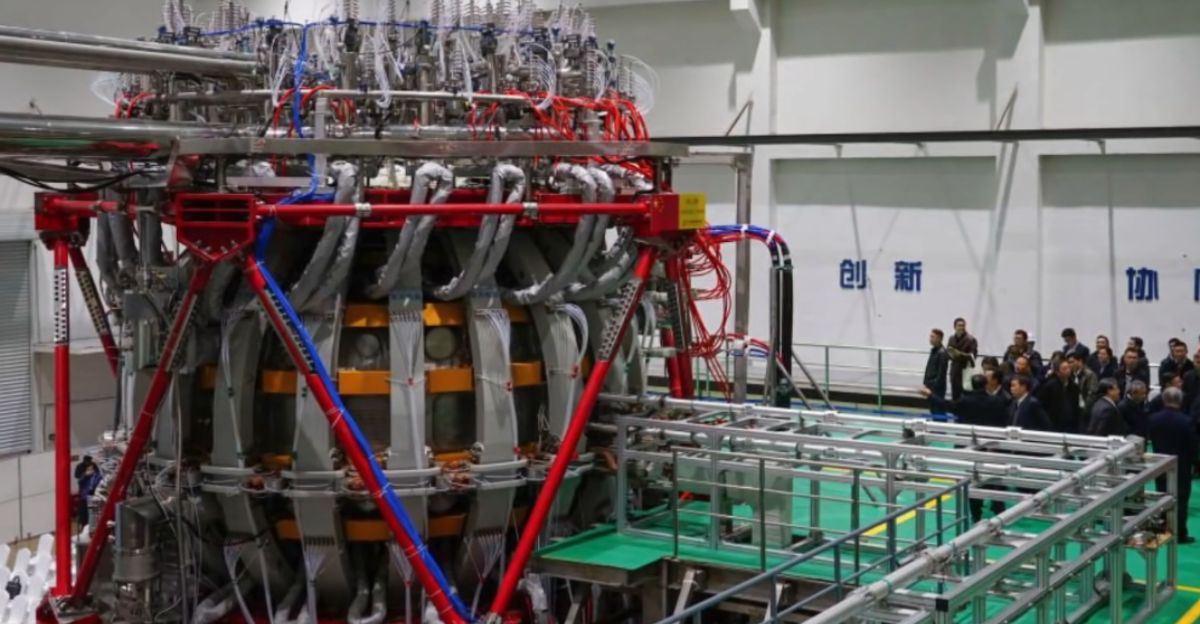
Scientists have been working on fusion energy for more than 70 years. It is often referred to as the “Holy Grail” of energy because it has the potential to cure our planet’s energy crisis. As of now, no fusion reactor has achieved true ignition, which is where the fusion reactions become self-sustaining by producing more energy than is put in and continuing without external energy input.
How Close Are We to Fusion Power Plants?

Unfortunately, we are not as close to fusion power plants as we would like to be. Though the EAST’s achievement is exciting, fusion reactors currently use a lot more energy than they produce. Though there is still a long way to go, scientists hope that fusion power plants could fuel our plane in a few decades.
EAST vs. Other Reactors
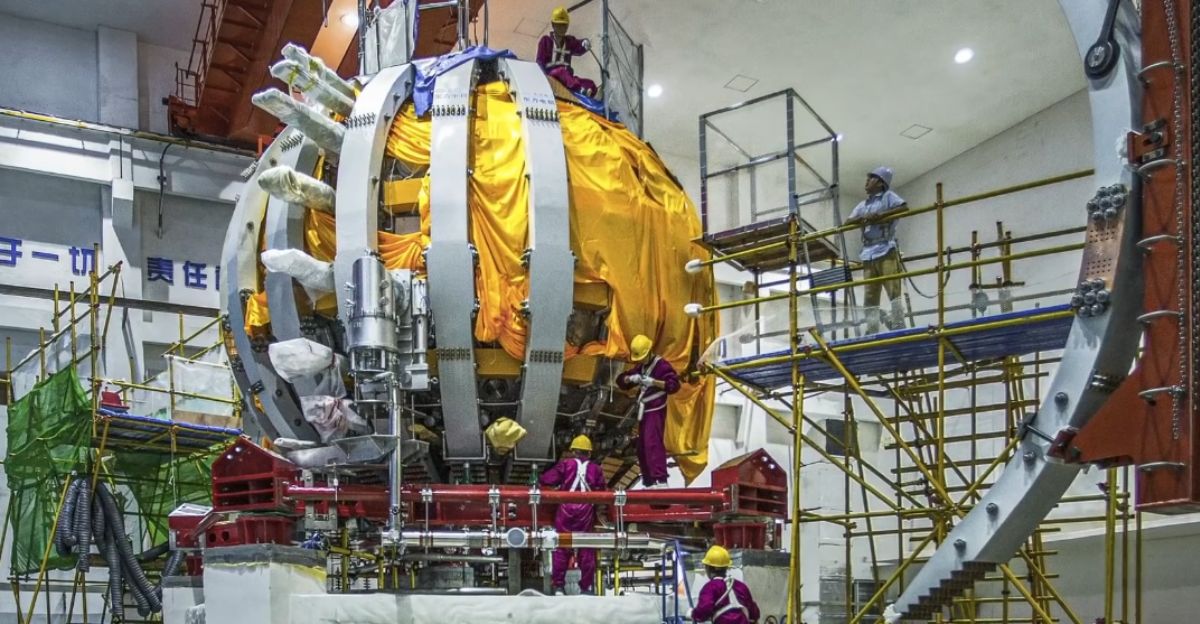
EAST is one of several major fusion projects around the world. Another is the International Thermonuclear Experimental Reactor (ITER) in France. Recently, the U.S. also made news with a short-lived ignition victory; however, commercial fusion energy remains a long-term goal.
What Advances Made This Possible

To achieve the 1,066-second plasma sustainment, researchers at EAST upgraded the heating system’s capacity significantly; they nearly quadrupled it. Advances in plasma confinement and magnet technology also played a part. With each new advancement, scientists are getting closer and closer to fusion power plants.
Global Cooperation

Despite global competition, many countries are collaborating on fusion research. China is a member of ITER, one of the largest and most ambitious international collaborations in fusion research between the U.S., U.K., Japan, Russia, and many other countries. Data from EAST will make reactors more efficient worldwide.
What’s Next for Fusion Energy?

The next big challenge in fusion energy is achieving a fusion reaction that continuously powers itself without external energy input. ITER, which will begin testing in 2039, will be the world’s largest fusion experiment to date. In the meantime, smaller milestones like the one at EAST remain important as they advance the field.
The Challenges Ahead

Fusion seems promising, but significant challenges remain. Scientists must find ways to stabilize plasma, minimize energy input, and create materials that can withstand high stresses. Turning fusion into a practical energy source will also demand political will and funds.
A Glimpse of the Future

Although China’s new record won’t change the world overnight, it does suggest that we are on the right track. With a lot of work and research, we might be able to live in a world fueled by clean, boundless energy someday. The “artificial sun” could light the path to our future.
Uncover more fascinating moments from history — and hit Follow to keep the stories flowing to your feed!

Don’t miss more incredible stories from the past! Tap Follow at the top of this article to stay updated with the latest historical discoveries. Share your thoughts in the comments — we’d love to hear your perspective!






